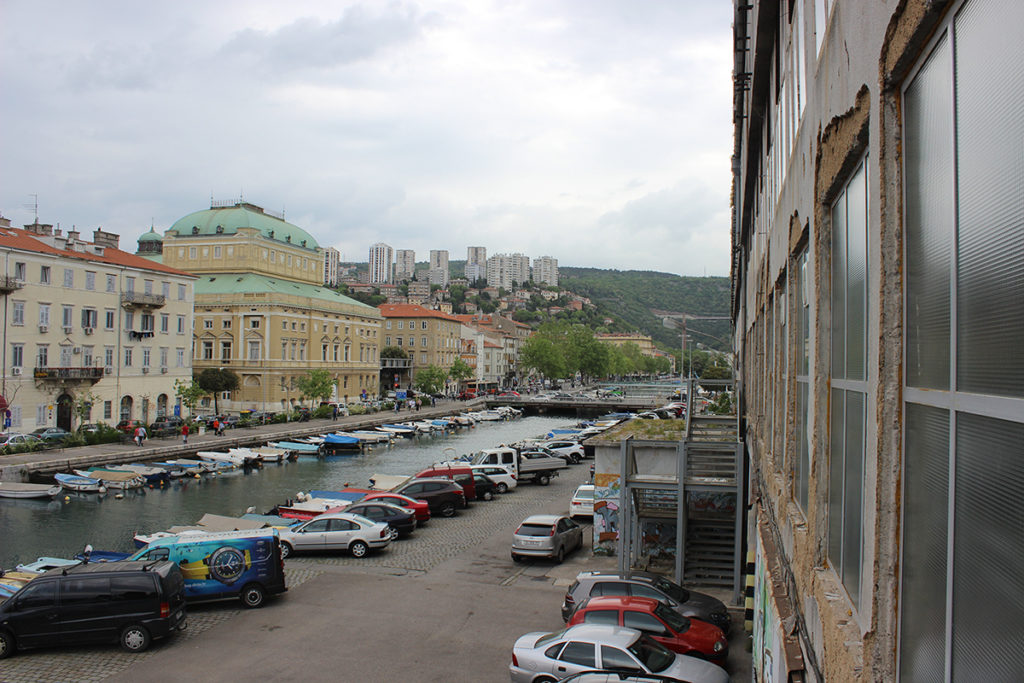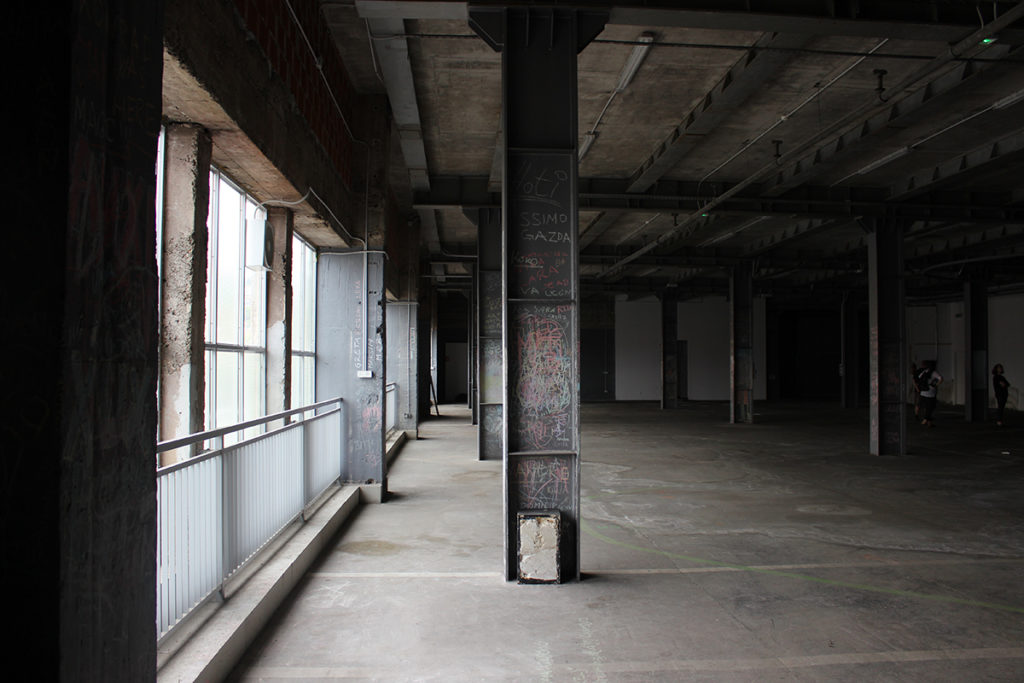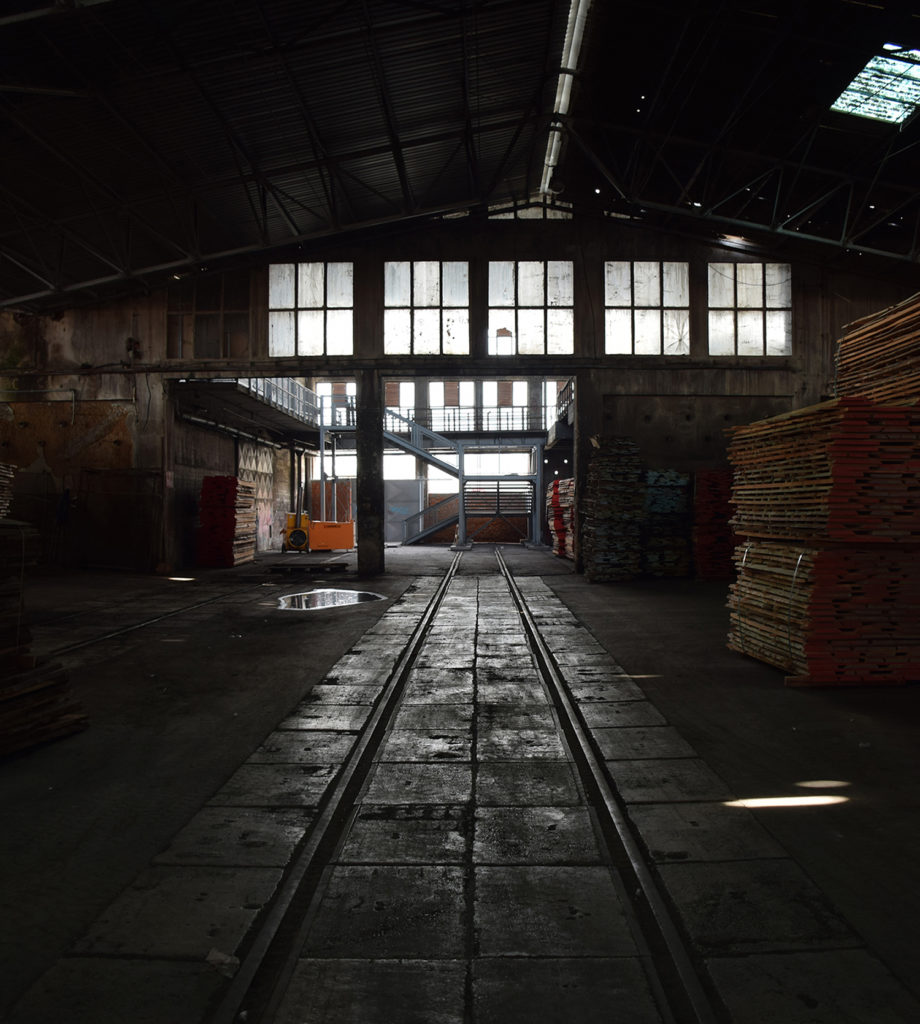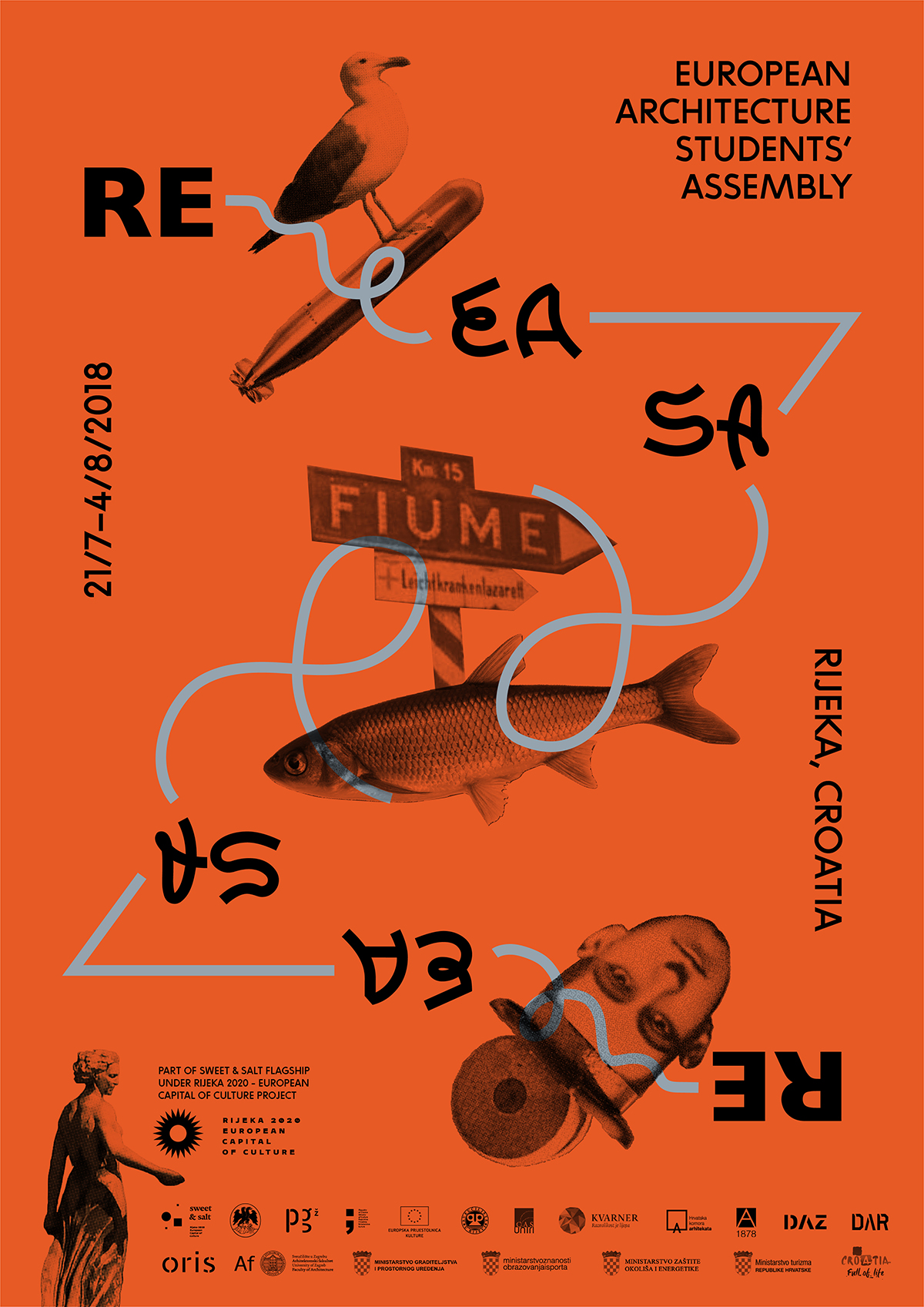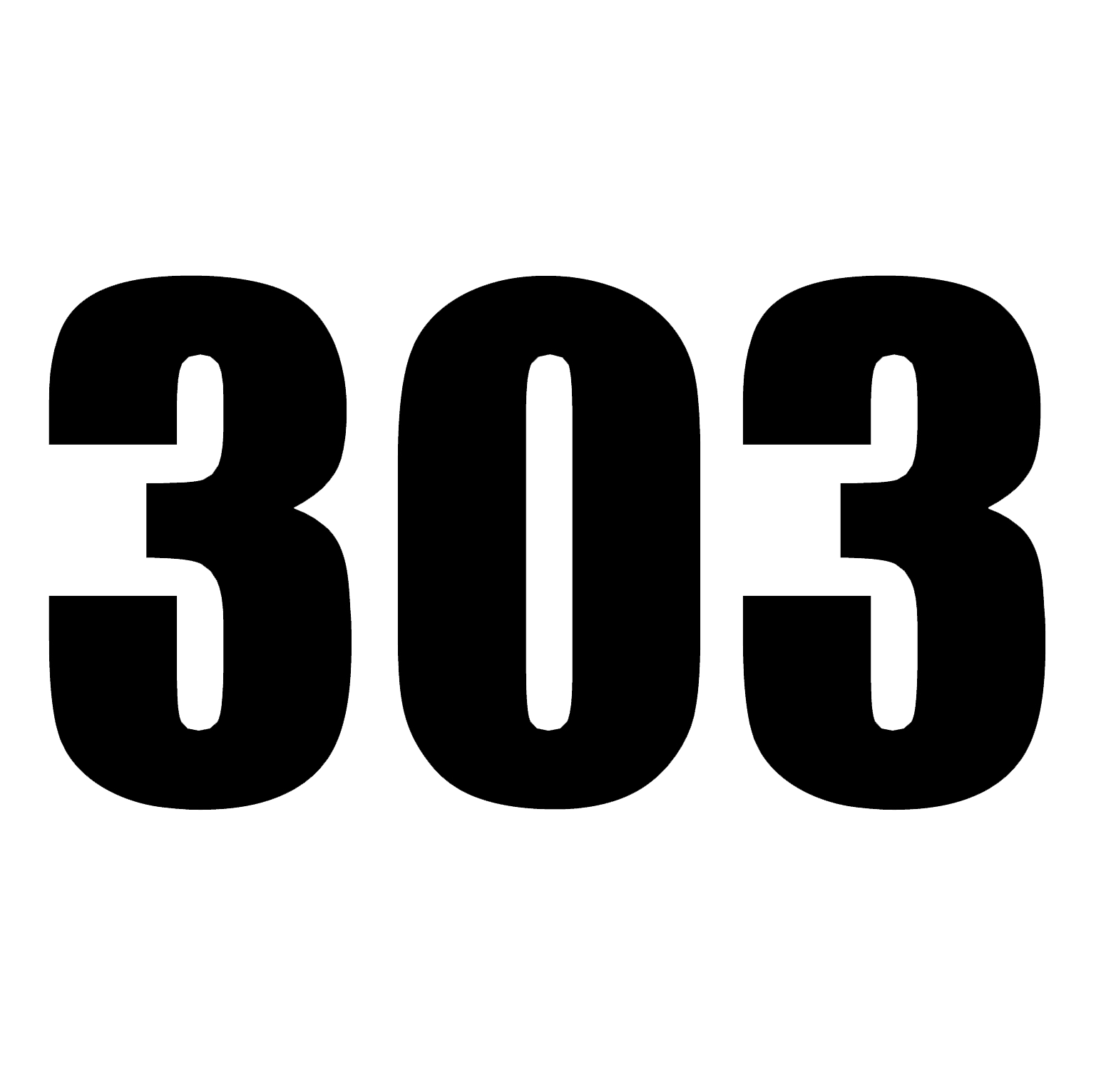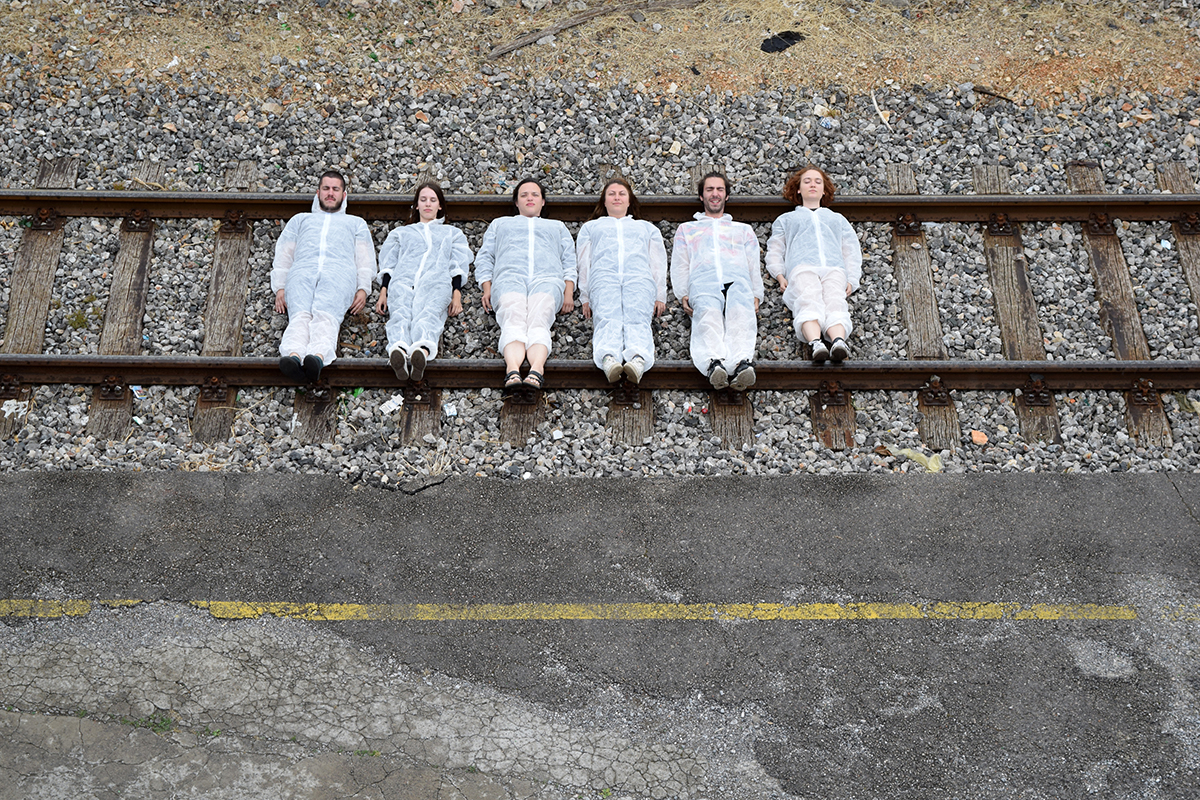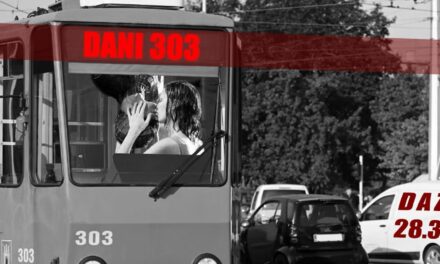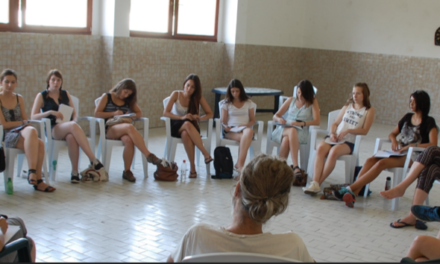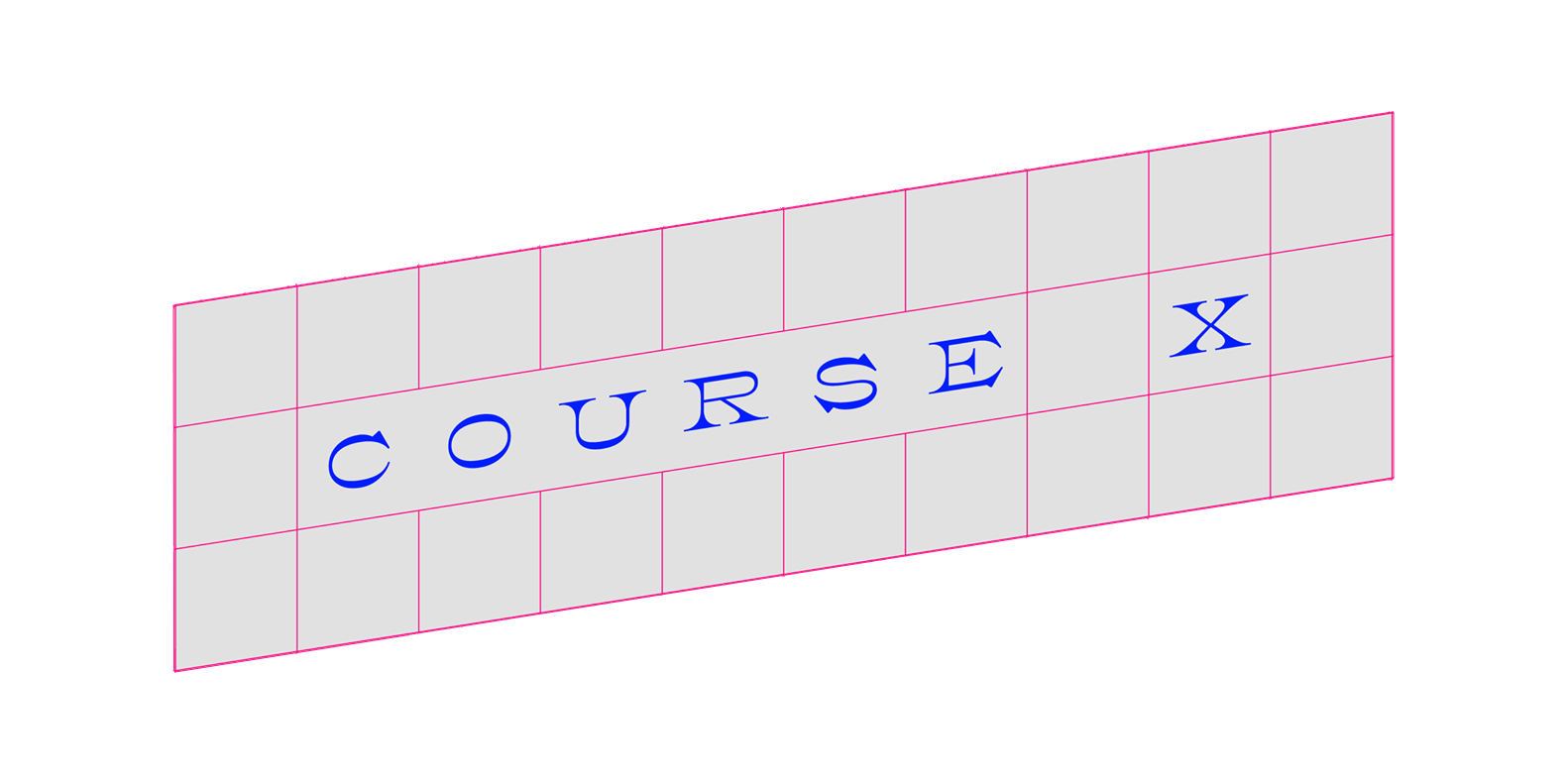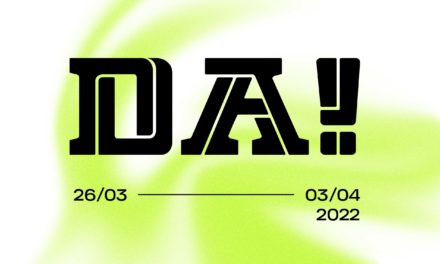Written by the RE:EASA team
What do you get when you put 300 architecture students from all over Europe into a rioting Liverpool of 1981? When you let the city provoke them, when you let them to dig out their most honest desires for action and reaction, when you let them unleash each-other of the constrains, conventions and expectations? Well, you get an incredible network and a proactive community, an honest school and a needed playground, a daring test and a sneaky protest. What you also get is a hyped clique of Croatian architecture students, 37 years later, wishing to introduce “the EASA story” to you.
Disillusioned with the way architecture was taught, a group of English students occupied the attic of their school building, organising themselves into a new community. These students, desperately wanting for the “direct engagement” principle to finally become a reality, decided to bring fresh architectural minds of Europe together, to take the city to exercise on and to organize the first EASA. What only had to happen there to turn a one-time gathering into the European Architecture Students’ Assembly of 4 decades 600 partakers? They cooked the EASA’s formula:
30 workshops. 500 students. 2 weeks. One community
EASA is organized by students and for students. Everyone in EASA’s network thus becomes both a student and a teacher. The community gathers to live and work together for two weeks. In EASA you may pick up a hammer or saw and learn to do a wonderful joint. Or you can write a manifest.
You can sense the greatest freedom and the highest responsibility. You are an individual in a community, yet simultaneously you are a piece of a collective body. You may take on the opportunity to bring the EASA back home to your local community.
EASAs continuous identity lays in these social relations and values. Otherwise, every year EASA reborns as an individual event, in an individual context. Every year a new framework must be set, taking the natures and potentials of the EASA and a city into account. The physical act of living and working together during the summer assembly, following a cohesive theme and attempting to make an impact by any means necessary is at the very core of the community. Whether camping on the outskirts of cities, temporarily inhabiting ruins, or living on a moving train, every EASA left an impact. Living and thinking as a super-organism – responding to and working within the context of cities and communities. This is what the network does. This is the genesis of the architectural process.
“Where must we go, we who wander this wasteland, in search of our better selves?”
The First History of Man, Mad Max
Living in the precarious times, making the right response is challenging. Conditions are ever-changing. The strategies of today are the half-remembered dreams of the future. The next generation is always moulded by the past, even when deciding to break away from it. The ephemeral is loaded by meaning. It’s all too easy to imagine consumerism, overpopulation and all the repercussions of post-scarcity as the shadows of a bygone age. A decade into the post-2008-crisis shock, still highly sensitive yet with a colder head, we are recapping the knowledge and understandings pushed on us by the situation, paving the ways to the new roles, goals and identities. To derive from such a multi-layered state of affairs, the real challenge is to properly formulate questions and dive into the experiment. Having EASA as an honest, innocent and highly responsive “mind”, we give our hopes into it, to aid in this endeavour.
The next assembly will be held in Rijeka, Croatia. The ultimate post-industrial city, a collage of urban landscapes and contradictions. During the summer, our community will inevitably add a new layer of complexity to the city. Always a transitory and ephemeral one, its true impact at first seems elusive. EASA is onto finding a framework for Rijeka, itself and the future. EASA knows that an “action plan” must derive from the realm of our perceptions, values; in an interplay of dis(continuities) and (i)materiality; in between denial and embracement, selfishness and gratitude.
This is where the process of RE was born. For it is obvious, now more than ever, that we are still living in an age of complexity and contradictions, phenomena reaching far beyond architecture itself. It is in this reality that the concept takes place.
RE, prefix, from Latin, used with the meaning ‘again’, ‘back’
‘RE:’ means acknowledging the existed or existing.
‘RE:’ is dealing with the past or present to address the future.
‘RE:’ is aware of the circular nature of reality and interconnection of things.
‘RE:’ establishes a new and different kind of order or value.
‘RE:’ opposes to ignorance.
RE should be a vehicle for an interdisciplinary process, considering the city in need of transformation with all its layers of history, its conditions, built environment, properties and problems. We are aware of and must reaffirm this notion – buildings and cities revolve around people; by carefully considering the context, we have the chance of enhancing the quality of life for everybody. Architecture should, by following the multidisciplinary RE concept, make a positive impact and contribution to the human community, by combining tools and knowledge on many scales, both personal and collective. Could we aid our cities and society to reincarnate into better versions of themselves?
An experiment. A provocation. A catalyst. A plan. An action. A reaction.
To the city. To architecture. To schooling. To you and me.
